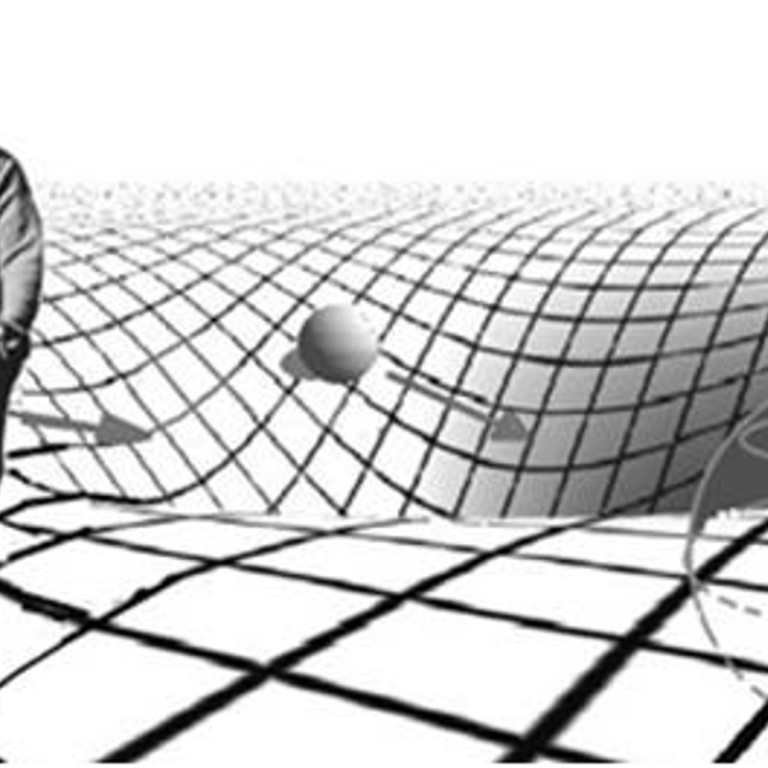
Was Einstein wrong? Chinese physicist Wu Yueliang claims universe flat not curved, created by ‘big break’ instead of ‘big bang’
Albert Einstein was undoubtedly a genius, but he may have unintentionally duped us for the last century with his description of the universe, according to a new theory developed by Chinese physicist Wu Yueliang.
According to Einstein’s general theory of relativity, released in 1915, space and time are curved. This is became any object with an inherent mass, for example a planet like earth, bends space and time and creates gravity, it asserts.
As such, any journey across the universe would be a journey through a distorted space and time.
But in his paper published in the latest issue of Physical Review D, a monthly journal run by the American Physical Society, Professor Wu Yueliang argues that the universe is in fact “flat”.
Wu, a leading theoretical physicist in China, serves as vice-president of the University of Chinese Academy of Sciences in Beijing.
He claims that space and time have always been flat, and have never been bent or distorted.
Furthermore, he believes gravity is not the byproduct of a kink in the space-time continuum. Rather, according to his argument, it is caused by quantum - or subatomic - particles that lack mass.
However, space and time can be “broken”, he said. Taking his argument as far as it could go, Wu said it should even be possible to create an entirely new universe.
Wu’s paper makes the case that the universe was in fact created by a “big break” in the symmetry of space and time. This runs contrary to the Big Bang model, which was not, as it sounds, marked by a huge explosion.
The general consensus is that the universe began as a very hot, dense point only fractions of an inch across about 13.7 billion years ago. How it came to being is still the subject of much debate among cosmologists today.
“Wu’s is a grand, original theory,” said Li Dingping, a professor of physics at Peking University in Beijing.
“It is a theory of everything. It has some brilliant new ideas. But I am afraid most people cannot fully understand it, including myself,” he conceded. Li was not involved with Wu’s research.
Wu’s theory effectively unites all known forces in the universe, including gravity, electromagnetic forces, nuclear forces and quantum mechanics into one model.
It was precisely this field of endeavour that kept German-born Einstein (1879-1955) busy in the second half of his academic career. But he was unable to find the answer during his lifetime.
As Wu’s theory is so new and untested, Li said it would be premature to claim it could topple Einstein’s and change our view of the universe just yet.
Moreover, such tests may not even be possible at present due to technological limitations, Li said.
In the last few decades, physicists have proposed numerous theories of how all the physical forces could be united, but none have been confirmed by lab experiments or astronomical observation.
String theory, which replaces the point-like particles of particle physics with one-dimensional objects called strings, and describes how these interact in space, would be a case in point.
In contrast, the fact that Einstein’s ideas match with empirical observations have given them both credibility and longevity. Many experiments have been designed to challenge his theories, but for the most part they have held their own.

